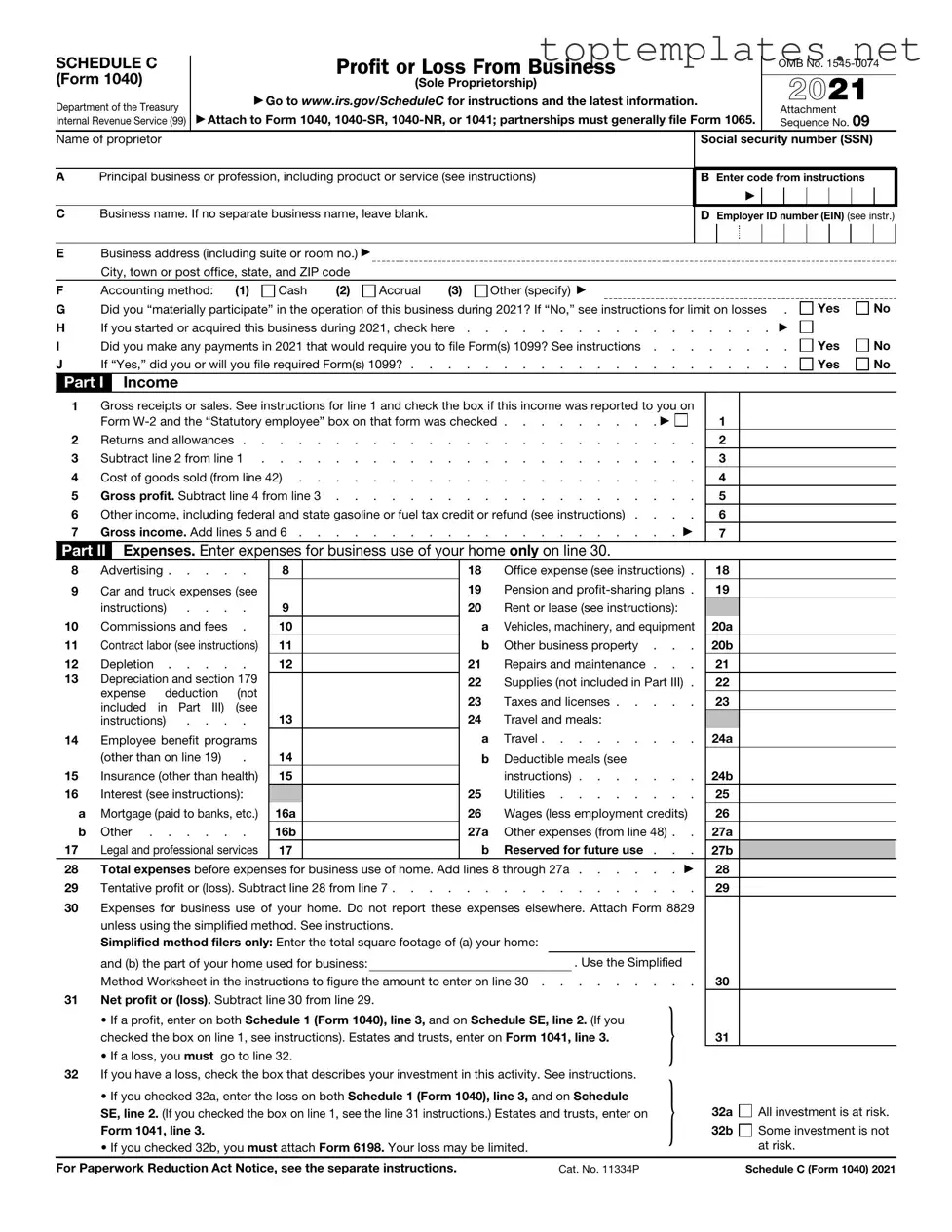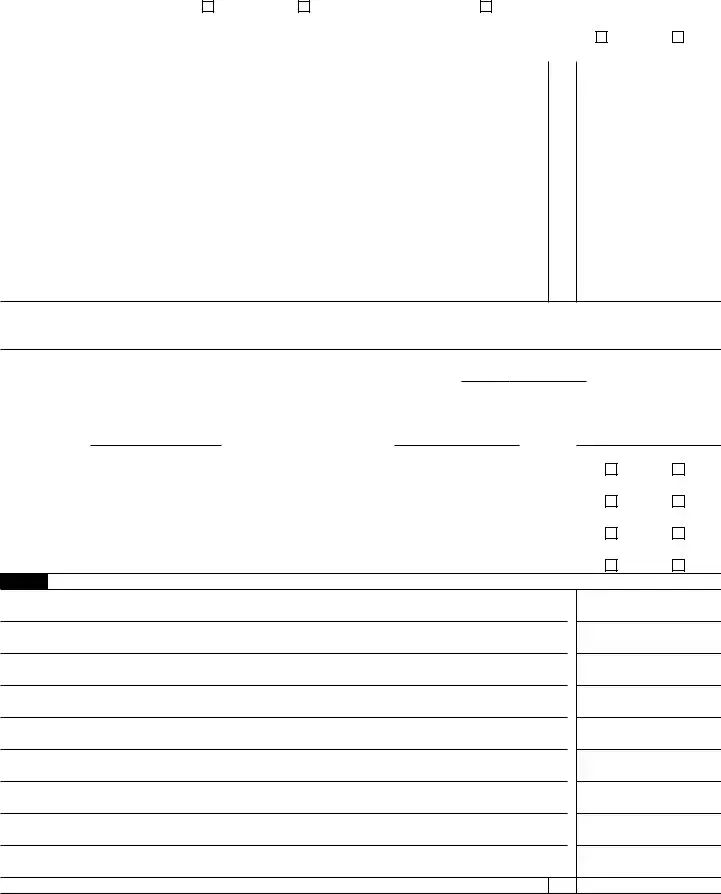What is the IRS Schedule C 1040 form?
The IRS Schedule C 1040 form is a document used by sole proprietors to report the income or loss from a business they operated or a profession they practiced as a sole proprietor. It's part of the individual tax return and helps to detail the earnings and expenses associated with the business activity.
Who needs to file a Schedule C 1040 form?
Anyone who operates a business as a sole proprietor or an independent contractor, practices a profession as a sole proprietor, or earns income through a single-member LLC needs to file a Schedule C form with their 1040 tax return. This document is necessary to calculate the taxable income for the business activities.
What information do I need to complete Schedule C?
To complete Schedule C, you will need your business income records, including gross receipts or sales. Expenses related to your business, such as costs of goods sold, car and truck expenses, utilities, rent, payroll, and other operational expenses, are also required. You will need detailed records of these transactions to accurately fill out the form.
Can I file Schedule C if I have a loss?
Yes, if your business operated at a loss, you are still required to file Schedule C. Reporting a loss on Schedule C can reduce your total taxable income, potentially lowering your overall tax bill. However, it's important to accurately report your income and expenses to justify the loss.
Are there penalties for not filing Schedule C?
Failure to file Schedule C when required can result in penalties and interest on any taxes owed. The IRS can also assess penalties for underreporting income. It's crucial to file all required forms to avoid these penalties.
How does Schedule C impact my self-employment taxes?
The net income reported on Schedule C is used to calculate your self-employment taxes, which cover social security and Medicare taxes for individuals who work for themselves. Generally, self-employment tax applies if your net earnings are $400 or more.
Can I deduct home office expenses on Schedule C?
Yes, if you use part of your home exclusively and regularly for business, you may be able to deduct expenses related to the business use of your home. These deductions can include a portion of your rent or mortgage interest, utilities, real estate taxes, and maintenance. The exact calculation can be complex, and certain conditions must be met to qualify.
What happens if I make a mistake on my Schedule C?
If you discover an error on your filed Schedule C, you should amend your return using Form 1040X, Amended U.S. Individual Income Tax Return, and a corrected Schedule C. It's important to correct any mistakes to accurately report your business income and expenses, which can affect your tax liability or refund.
Where can I get help with filling out my Schedule C?
You can get help with your Schedule C from a professional tax preparer, certified public accountant (CPA), or the IRS's free resources online. There are also several tax preparation software solutions that guide individuals through the process of completing Schedule C as part of their tax return.







